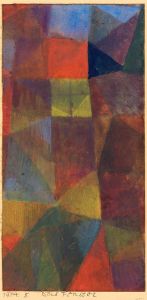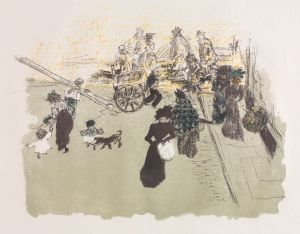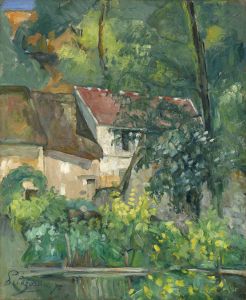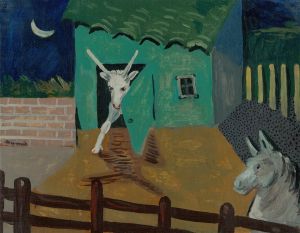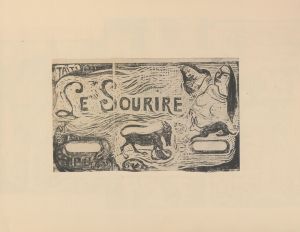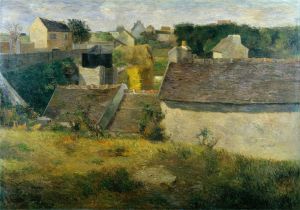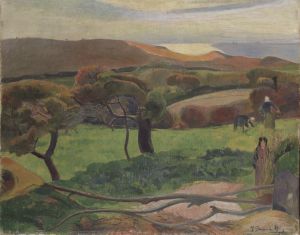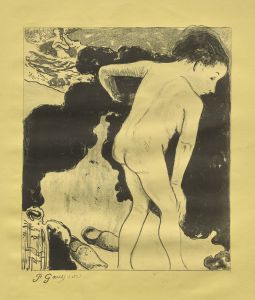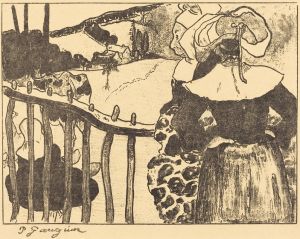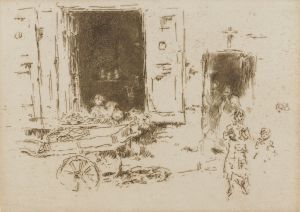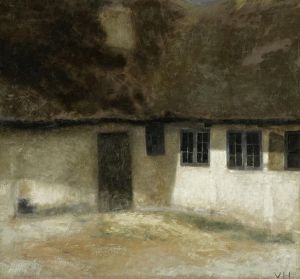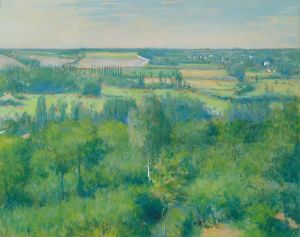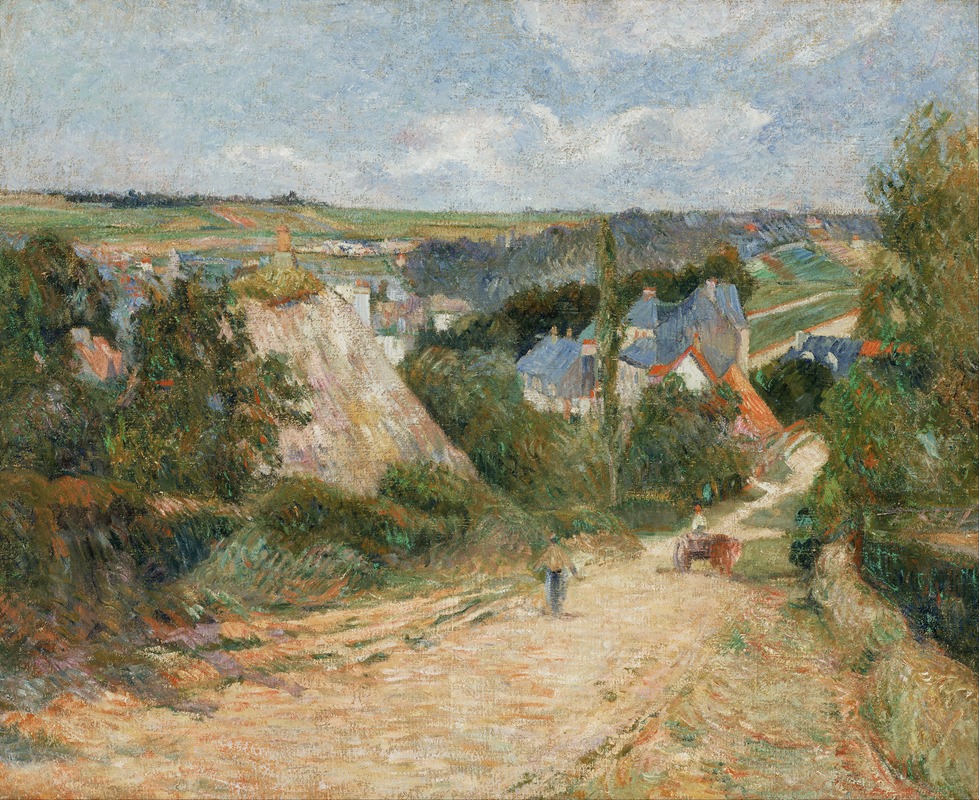
Entrance to the Village of Osny
A hand-painted replica of Paul Gauguin’s masterpiece Entrance to the Village of Osny, meticulously crafted by professional artists to capture the true essence of the original. Each piece is created with museum-quality canvas and rare mineral pigments, carefully painted by experienced artists with delicate brushstrokes and rich, layered colors to perfectly recreate the texture of the original artwork. Unlike machine-printed reproductions, this hand-painted version brings the painting to life, infused with the artist’s emotions and skill in every stroke. Whether for personal collection or home decoration, it instantly elevates the artistic atmosphere of any space.
"Entrance to the Village of Osny" is a painting by the French Post-Impressionist artist Paul Gauguin. Created in 1883, this work is an early example of Gauguin's exploration of landscape painting, a genre he frequently revisited throughout his career. The painting depicts a rural scene in the village of Osny, located in the Île-de-France region near Pontoise, where Gauguin spent time during the early 1880s.
At this stage in his artistic development, Gauguin was heavily influenced by the Impressionist movement, particularly the works of Camille Pissarro, with whom he had a close relationship. Pissarro encouraged Gauguin to pursue painting seriously and introduced him to the Impressionist circle. This influence is evident in "Entrance to the Village of Osny," which employs loose brushwork, a focus on natural light, and a vibrant yet harmonious color palette characteristic of Impressionism.
The composition of the painting features a quiet, pastoral scene with a pathway leading into the village, flanked by trees and modest houses. Gauguin's use of perspective draws the viewer's eye into the depth of the landscape, creating a sense of tranquility and rural charm. The work reflects Gauguin's interest in capturing the essence of everyday life and the natural environment, themes that would continue to evolve in his later works.
"Entrance to the Village of Osny" is significant as it represents a period of transition in Gauguin's career. While he was still working as a stockbroker during this time, he was increasingly dedicating himself to painting. This piece, along with other works from the same period, demonstrates his growing confidence as an artist and his willingness to experiment with techniques and styles.
Today, "Entrance to the Village of Osny" is recognized as an important example of Gauguin's early work, offering insight into his artistic development before he moved away from Impressionism and began to develop the more symbolic and experimental style for which he is best known. The painting is held in the collection of the National Gallery of Art in Washington, D.C., where it is appreciated for its historical and artistic significance.





